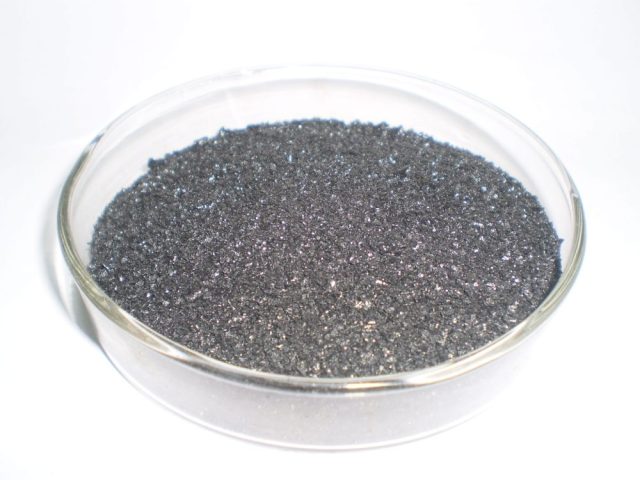Feed mold changes play a very important role in “nameless hyperthermia”. Long-term intake of mycotoxins in pigs can reduce the body’s immune function and resistance, and it is more likely to occur. Therefore, in the high incidence of the disease, the mycotoxin treatment agent should be added to the pig feed. The general mycotoxin adsorbent can only adsorb aflatoxin. It is best to use both the degradation of mycotoxins and the adsorption of mycotoxins and the promotion of pig herds. A new type of mycotoxin treatment, fulvic acid, which prevents the mycotoxin in the feed from harming the health of the herd, adds 1 to 2 kg per ton of feed.
It has been proved by practice at home and abroad that sodium humate is not only a good bio-growth hormone, but also a widely used drug. The composition of humic acid has not been fully understood. It is known that humic acid molecules contain benzene rings, fused rings and some heterocyclic rings (such as pyrrole, furan, anthracene, etc.), and each aromatic ring has a bridge bond. There are various functional groups on the ring, mainly carboxyl groups, phenolic hydroxyl groups, methoxy groups, mercapto groups and the like. Because humic acid has such a complex molecular structure, it is possible to exhibit a variety of chemical properties in the material. For example, because humic acid itself has a large molecular weight, it can also form larger particles in a certain medium, so it has colloidal properties and adsorption capacity; humic acid has many carboxyl groups and phenolic hydroxyl groups, so it has weak acidity and strong Ion exchange capacity, chelating ability and buffer capacity: phenolic and ruthenium structures on humic acid molecules, which may be involved in the bio-oxidation system of bio-redox. These physicochemical properties may also affect the function of biological macromolecules, resulting in physiological and pharmacological activities. This article reviews the research progress of biochemical fulvic acid veterinary pharmacy for reference.
I. Promotion: activation and absorption of feed ingredients
Due to the colloidal properties and adsorption capacity of the chemical molecules of sodium humate, good ion exchange and catalysis are formed, which are manifested in seven aspects in the activation and absorption of feed ingredients:
- The various complex molecular nutrients in the feed are fully decomposed and a good organic combination is made, the gastrointestinal digestive function is increased, and the assimilation of the protein is promoted.
- Improve the permeability of animal cell membranes and protoplasts, increase the interstitial water volume and cell water content of muscle cells, and cause tenderness of pig skin.
- The adsorption of sodium humate makes the feed nutrient slowly pass through the intestine, which enhances the absorption and digestion time and improves the absorption rate of nutrients.
- The sodium humate molecule is rich in nitrogen and has a strong absorption effect on the amino group. It makes the non-protein amide in the feed fully utilized, and the feed protein is converted to muscle protein at a higher limit. Meat growth potential, increase the proportion of lean meat.
- The sulfhydryl group contained in sodium humate participates in the redox process of the body, so that the metabolism is vigorous, promote cell proliferation and accelerate growth.
- Sodium humate has astringent effect because sodium humate causes coagulation of red blood cells. According to the test, the humic acid red blood cell agglutination index is 5 times higher than that of tannic acid. When sodium humate enters the human body, it can strengthen the activity of various enzymes in the stomach and promote redox and metabolism.

